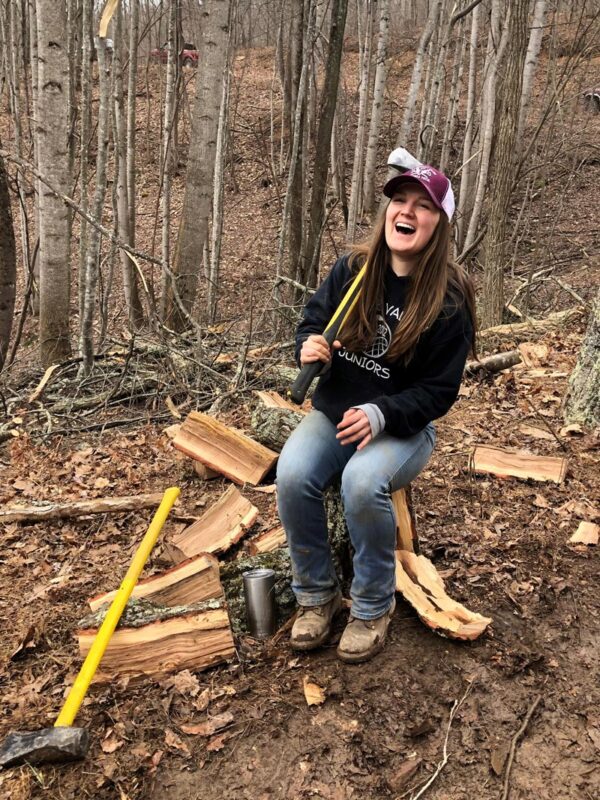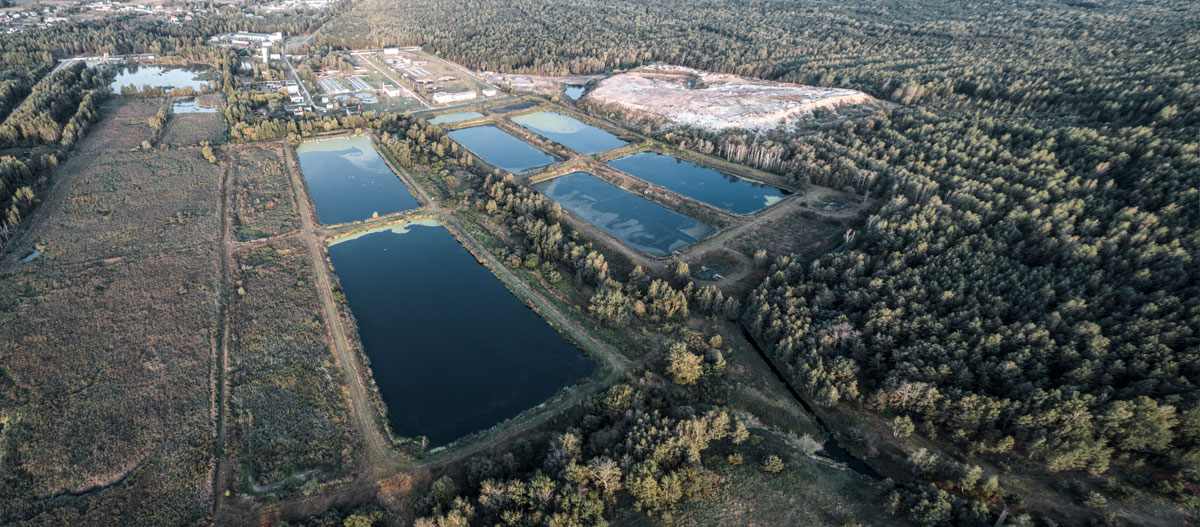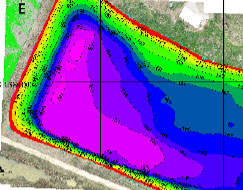Enterprises of all sizes use technology as a tool for boosting competitive advantage, increasing efficiency and meeting safety and regulatory compliance objectives. Reality modeling is just one such technology that ONE Environmental is using to deliver clients tremendous benefits in those areas and many more.
At its core, reality modeling is the process of capturing the existing conditions of a site by gathering information from a wide range of instruments and pre-existing data sources. Today’s 2D/3D modeling software applications can incorporate data from variety of sources including survey data unmanned aerial vehicle (UAV) imagery, laser scanners and even smartphone cameras.
That real-world contextual data can be combined with data from pre-existing computer aided design (CAD) and building information modeling (BIM) project sources to inform critical decision-making processes.
ONE Environmental clients are implementing reality modeling in disciplines such as:
- Operations & Maintenance
- Design
- Environmental compliance
- Asset management
- Visitor orientation training
- New employee training
- Specialized training for specific functions within the facility
- Marketing
Reality models are especially effective, ONE Environmental has proven, to improve human performance and promote consistency in tasks involving daily compliance, O&M and safety, to name a few.
For example, models of an industrial facility can be easily accessed and used across multiple departments and can help ensure the use of current information. Rich 2D/3D visualizations can be shared online and viewed with everyday devices such as a PC, tablet or smart phone. Virtual reality wearables can also be used for some applications.
By sharing detailed information online, client teams can benefit from remote troubleshooting, safety enhancements and quality improvements while keeping costs low.
Following are just a few examples reality modeling use cases that the ONE team has supported with UAV mapping and modeling of industrial facilities.
- Monitoring the integrity of landfill caps or detecting changes in other critical facilities.
- Visualizing facility layouts and muster areas.
- Detailing facility topography and areas of off-site discharge.
- Promoting spatial analysis and best practices.
Other types of reality models are informed by UAV imagery and laser scans that produce colorized “point clouds,” using a single laser scan measurement to highlight a certain point. Scans are stitched together to create a complete scene. These techniques enable tasks such as:
- Animating fly-throughs of colorized point clouds.
- Using colorized point clouds to supplement drawings.
- Creating visualizations that include photos, models and text.
UAV imagery and laser scanning is also a powerful way to perform inspection and inventory tasks. Clients are using these tools to enhance capabilities around:
- Inspection and inventory of access ladders, stormwater drains and other items.
- Keeping repair records of pumps, motors and other machinery.
- Inventory of above-ground storage tanks (ASTs) and secondary containment vessels for spill prevention, control and countermeasure (SPCC) reporting.
- Creating immersive illustrations for workforce training and discussion.
The possibilities are limitless. With reality modeling, the ONE team brings clients new opportunities to optimize workflows by taking advantage of real-world context and the power of visualization. Ultimately, this leading to accelerated decision-making, better regulatory compliance and a smarter, safer workforce.












